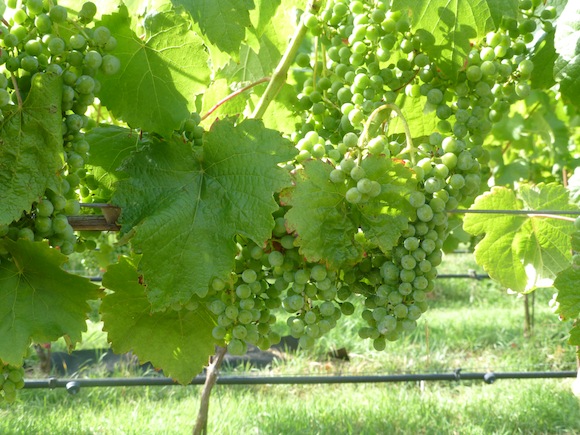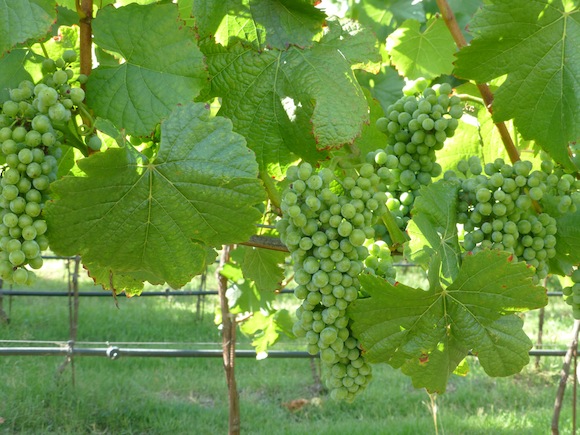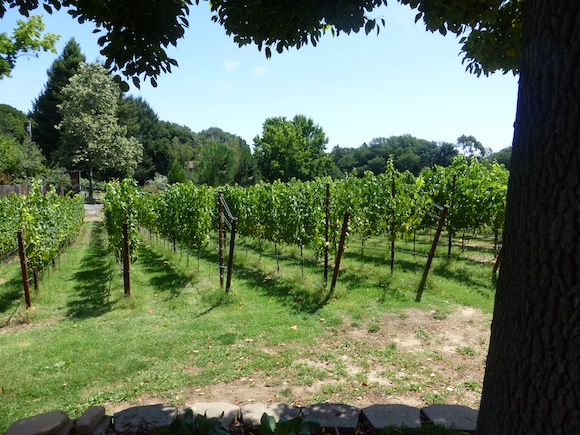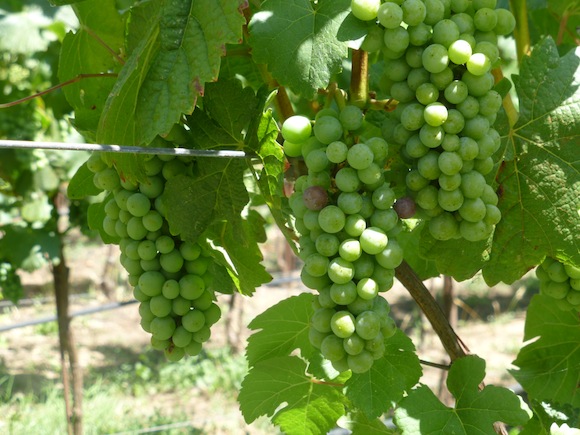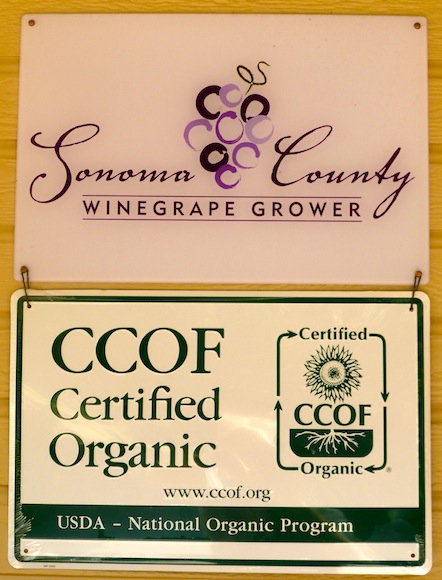I have a few dozen loose cluster Pinot Noir vines in the vineyard (out of 3100). I always wondered what they were. In fact the viticulturist from DeLoach was over last week and he confirmed they were Pinot but didn’t know which clone. So…in researching I could only find one loose cluster Pinot that was available from the nursery where I purchased all the vines…and that is Clone 23, otherwise known as Mariafeld.
I found this description of the vine. “Clone 23 is interesting in that the cluster and berry sizes are much larger than most Pinot clones. It always provides dark colors, very bright, fruity flavors with high acidity.” In addition, due to the loose clusters it is resistant to botrytis and if needed will allow you to let the fruit hang longer on the vine.
So, I think the mystery is solved and it seems to be a very nice addition to the Pommard and 667 Clones at Turtle Vines!
For comparison, below is a normal Pommard Clone. Notice how tightly spaced the cluster is relative to the Mariafeld clone above.
